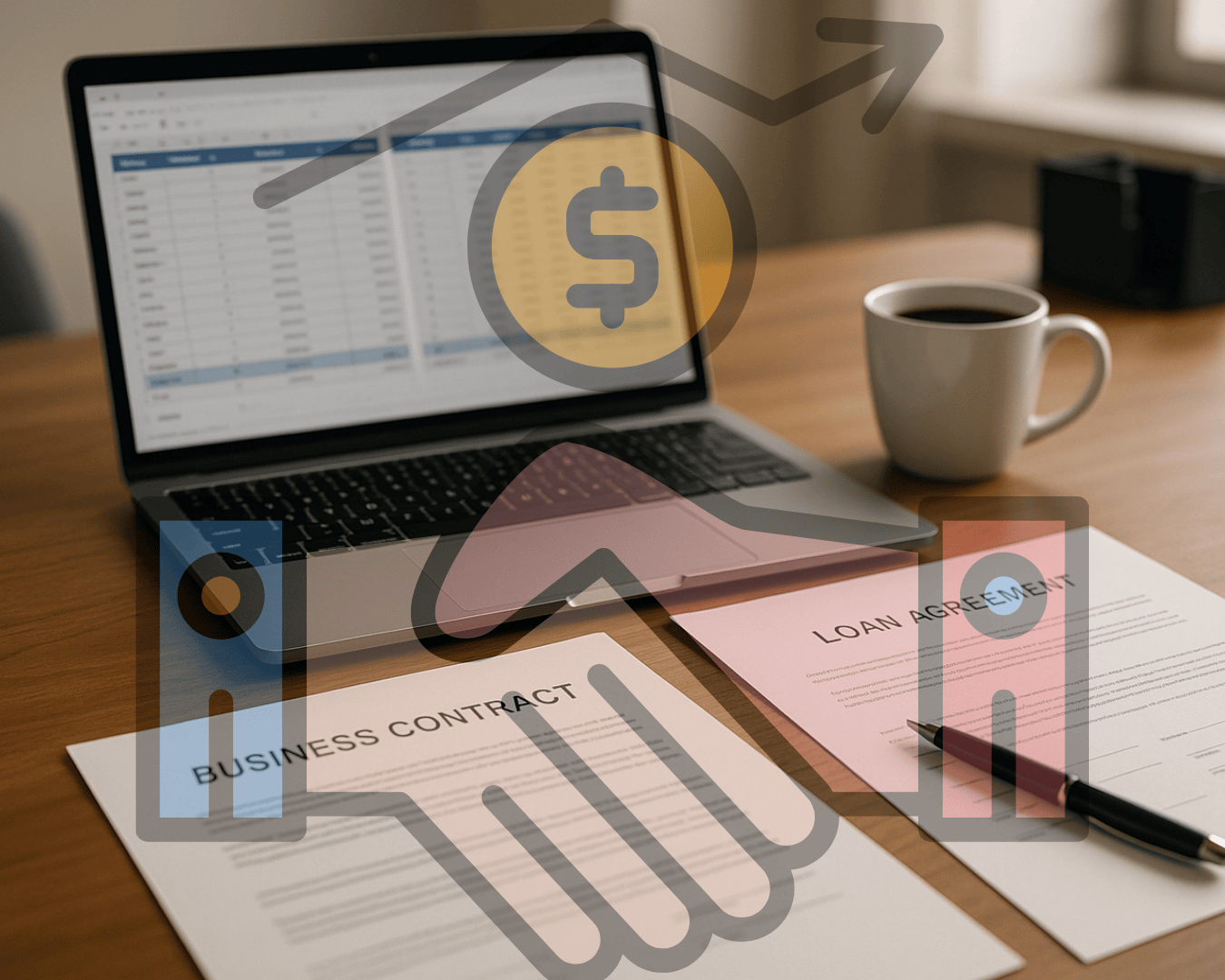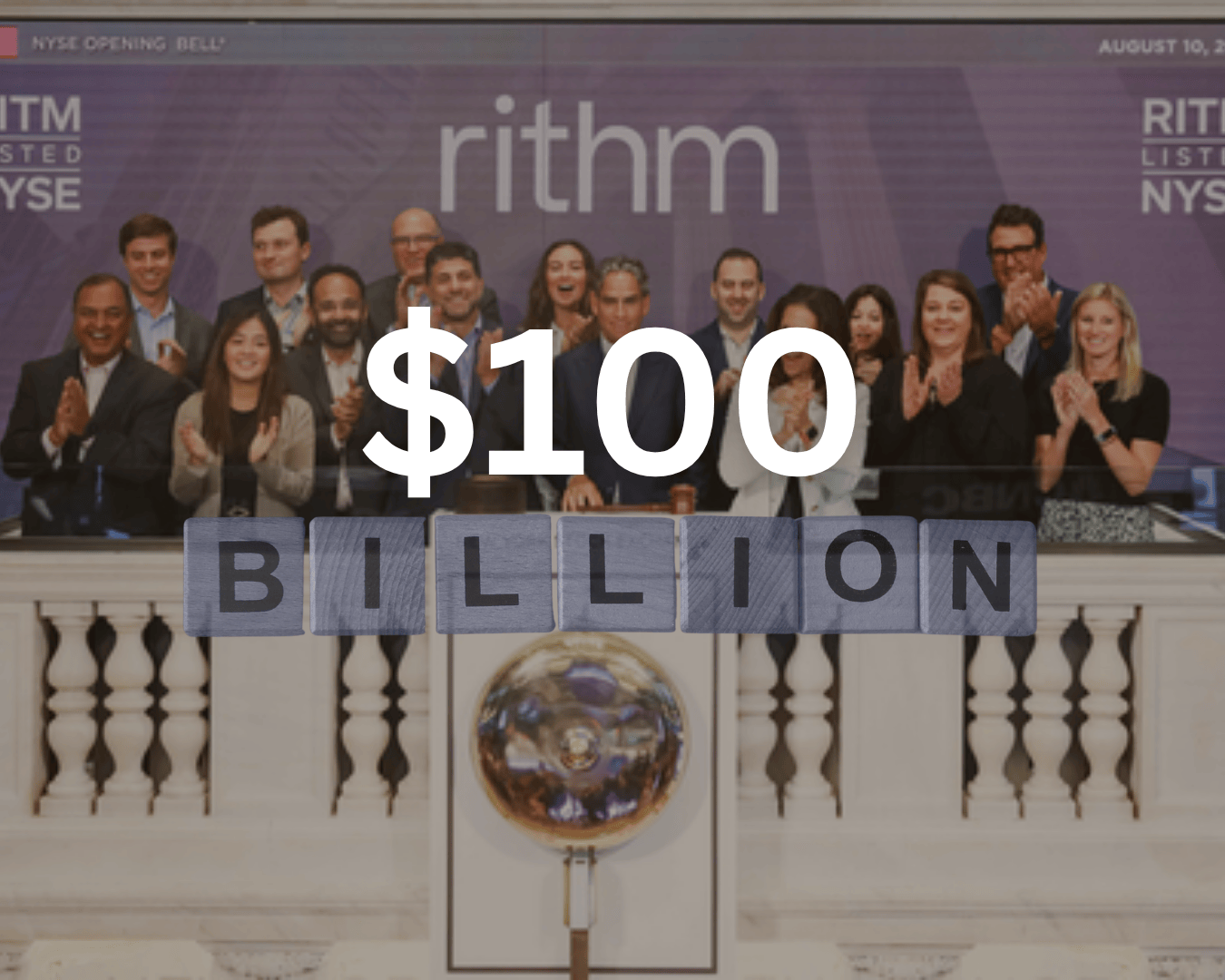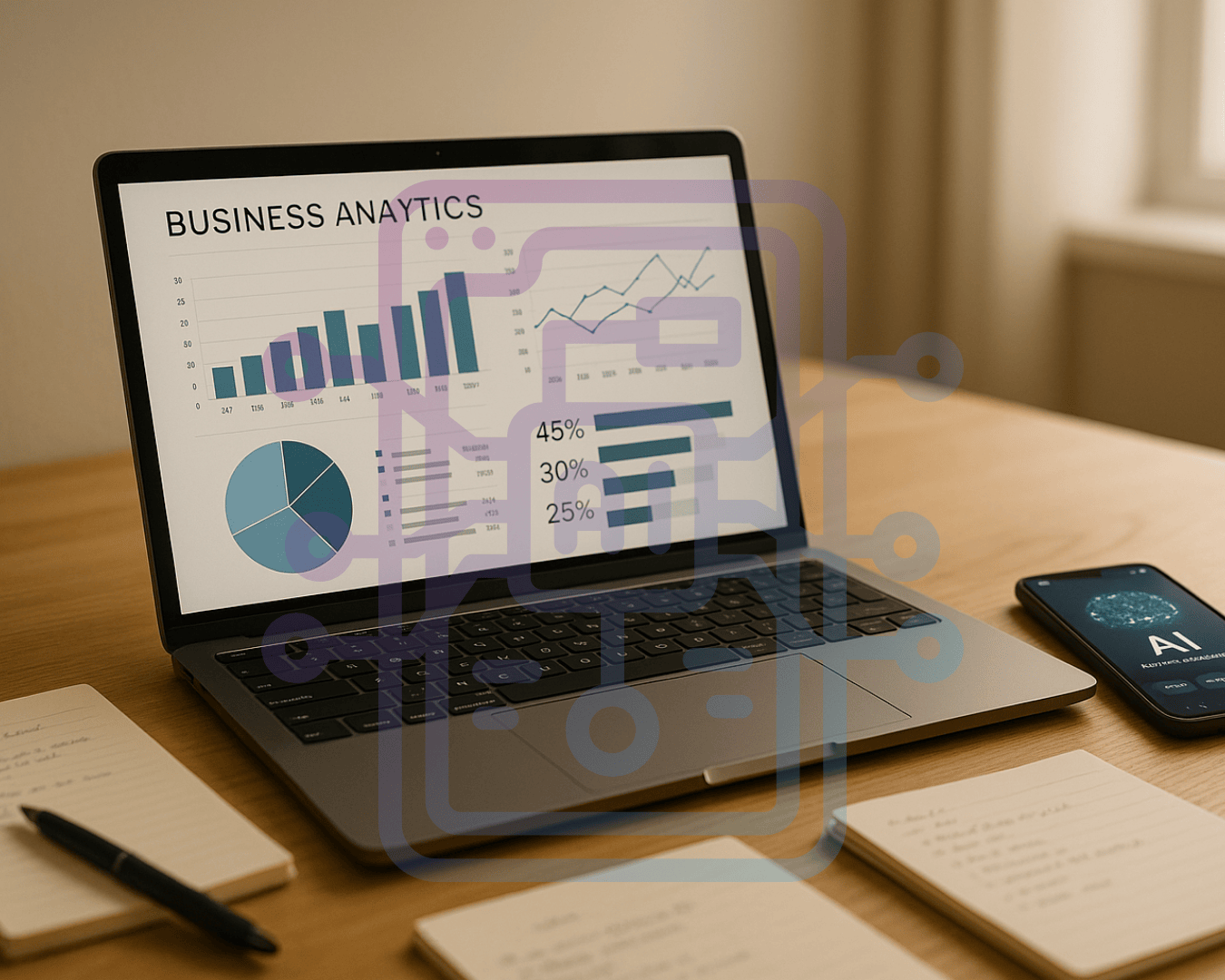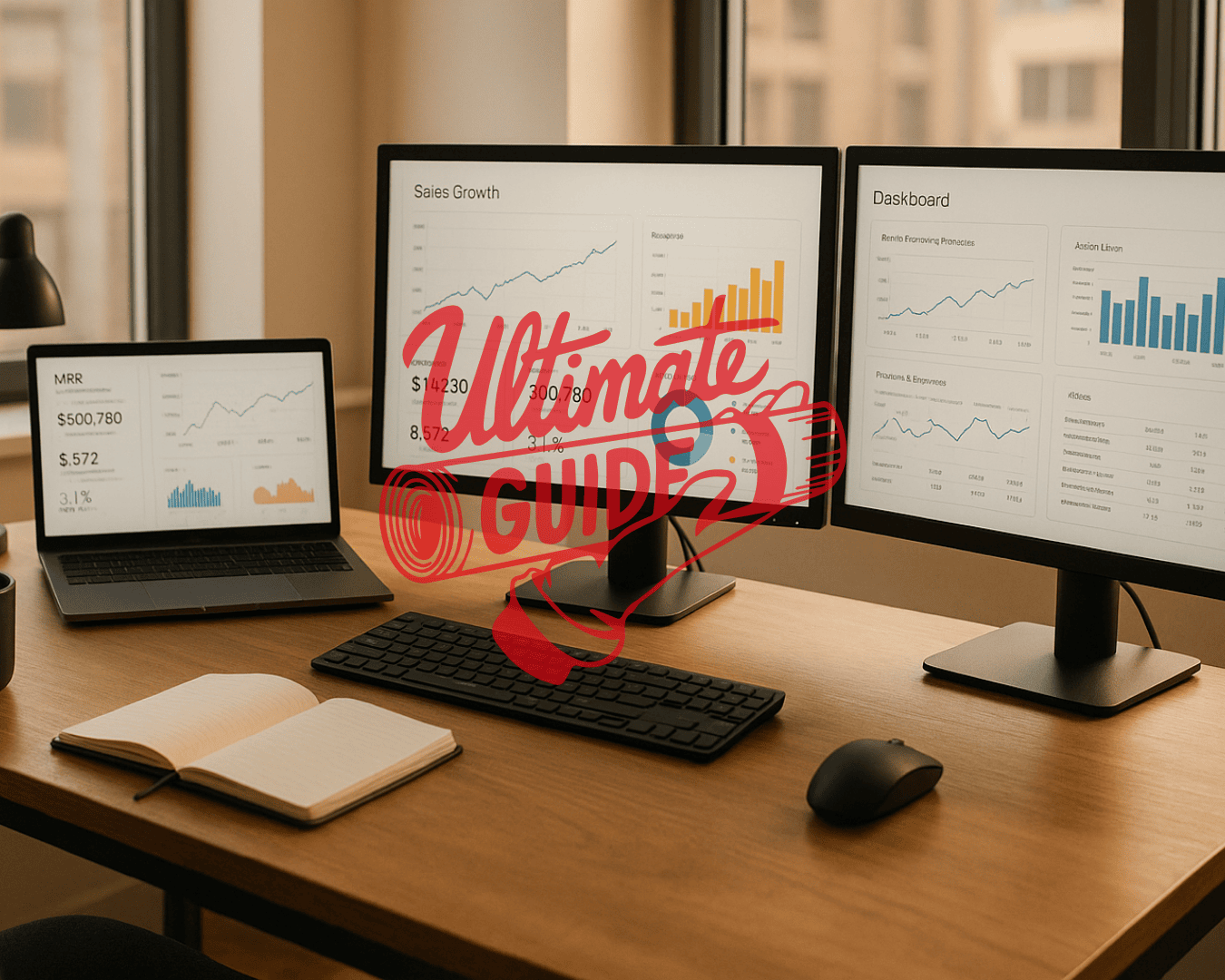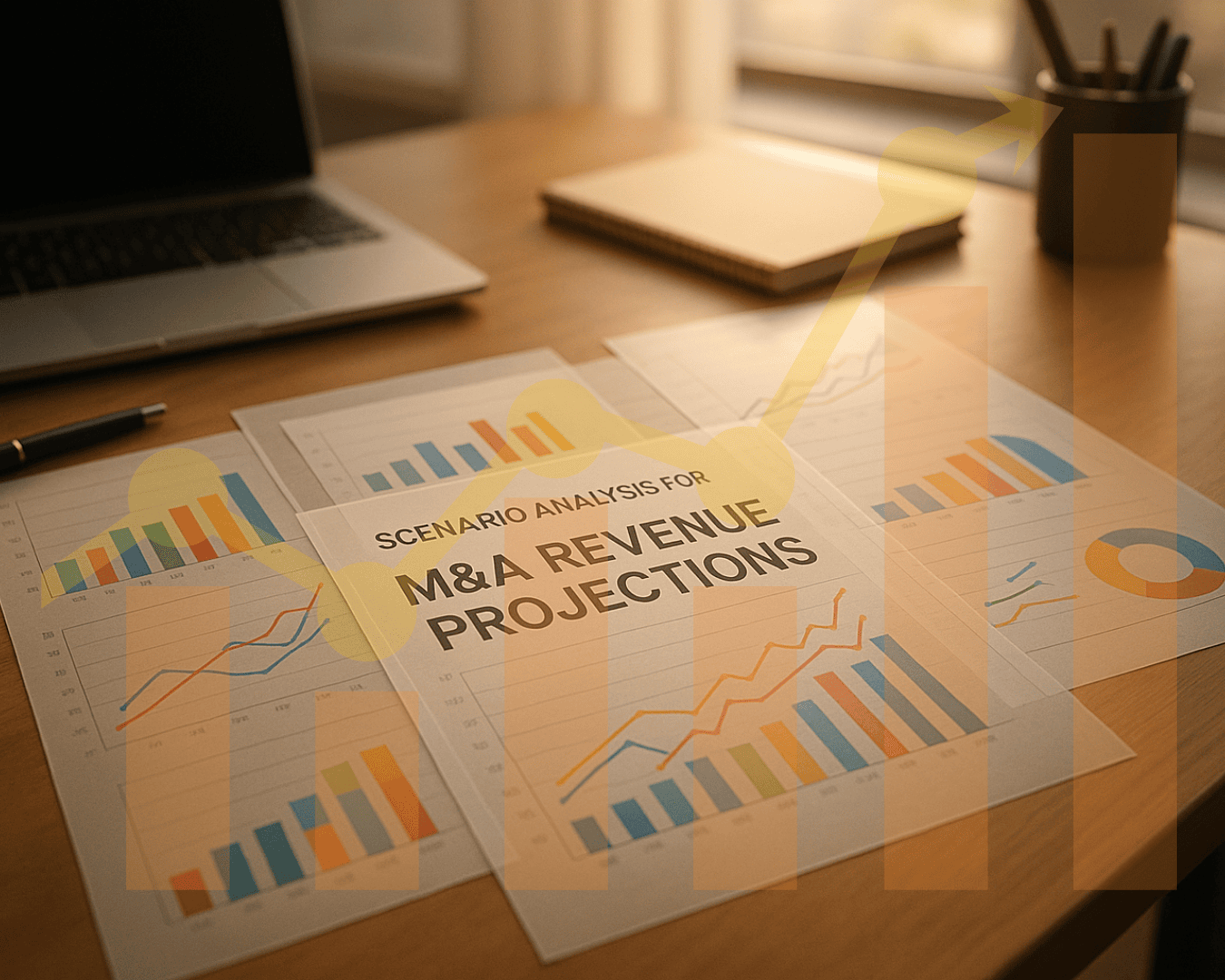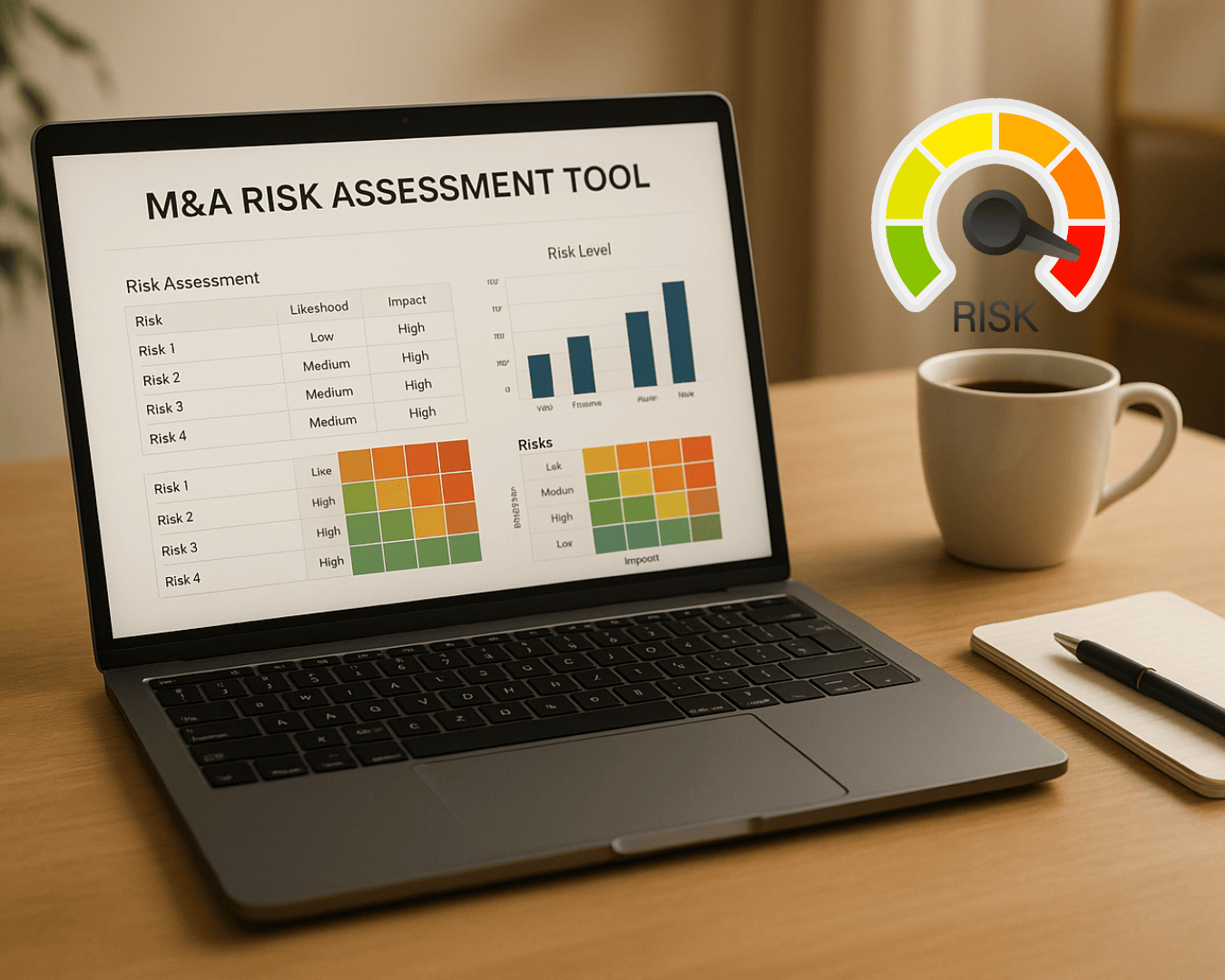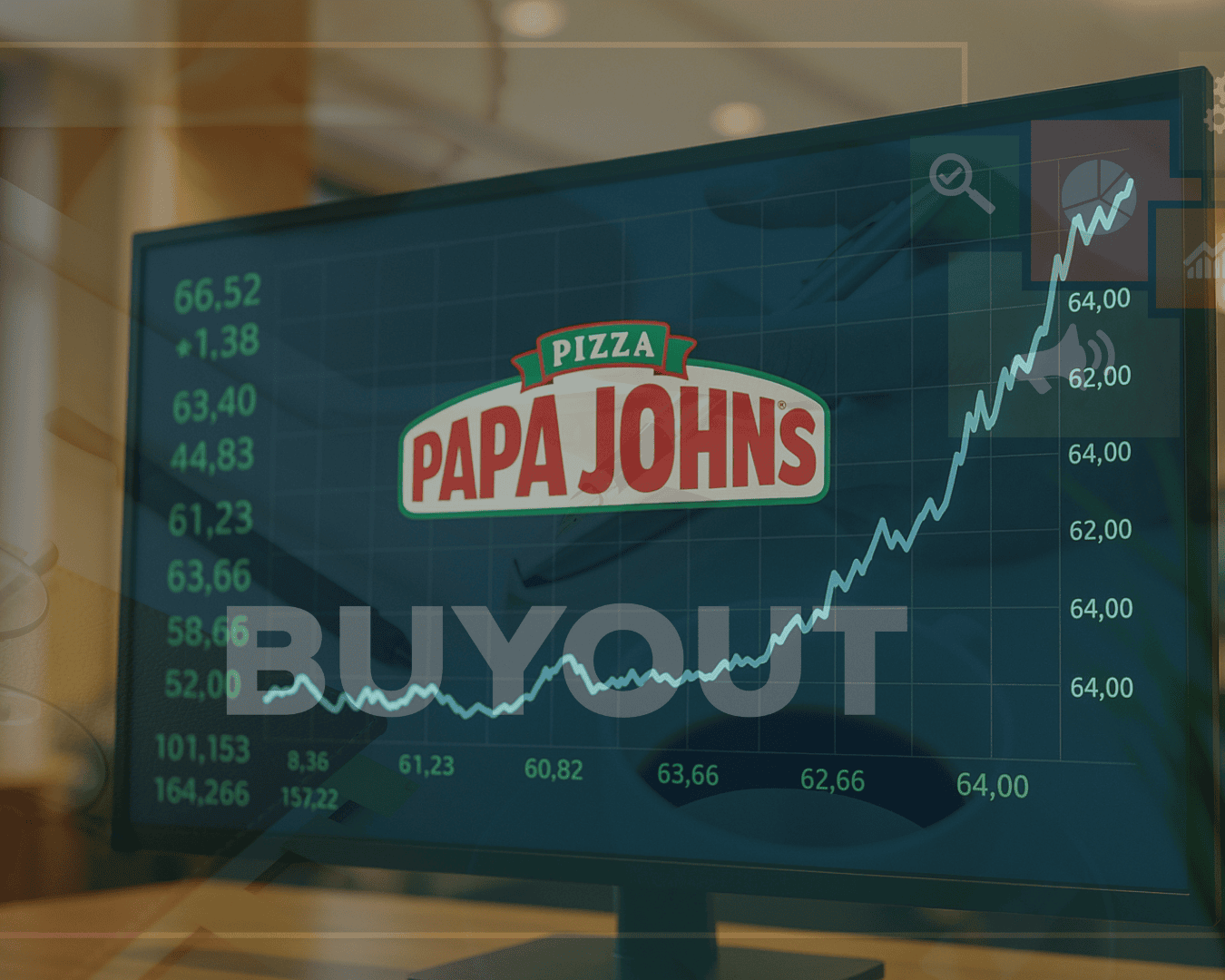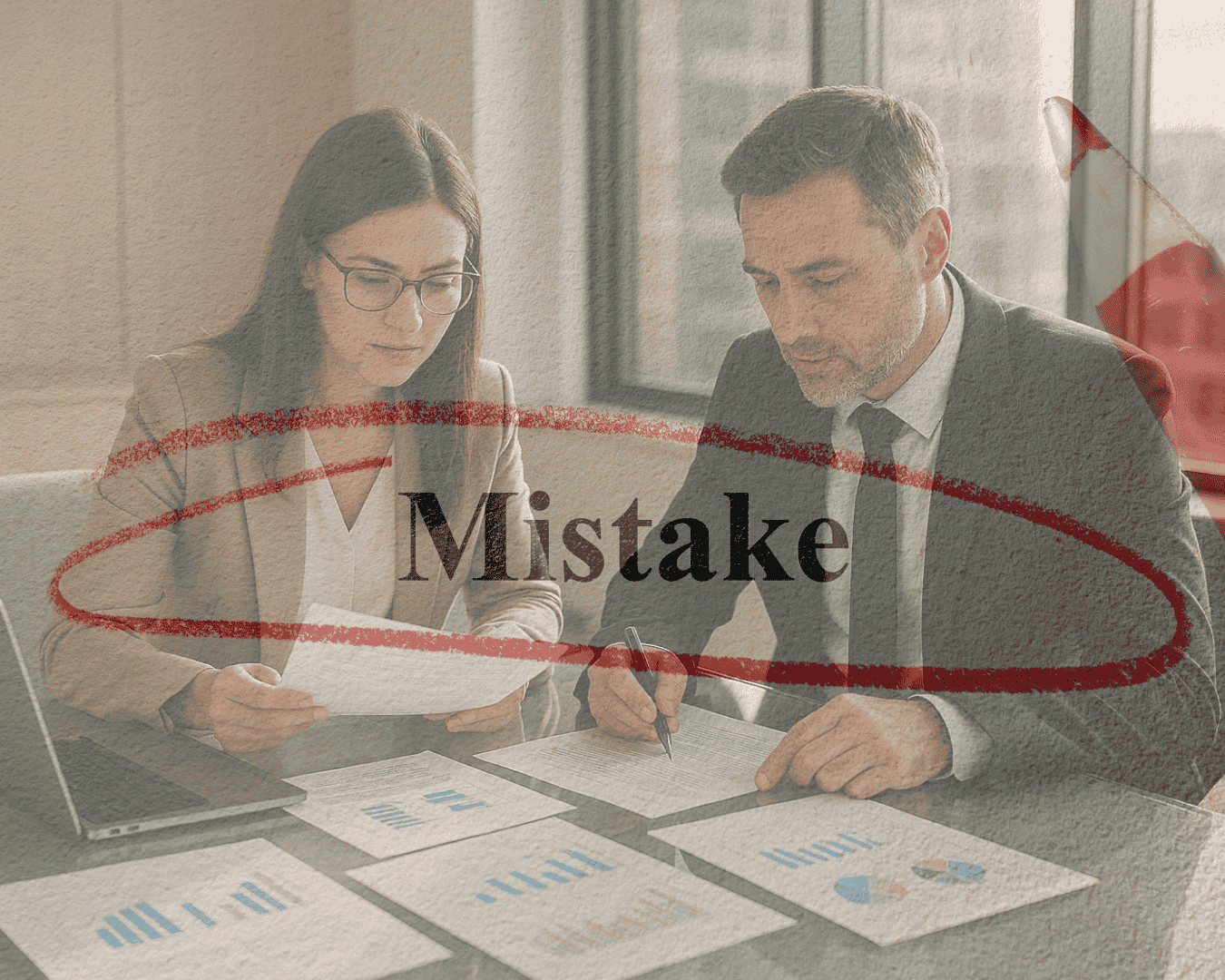Main Street M&A deals hinge on one key metric: Return on Investment (ROI). Whether you're buying, selling, or investing, understanding ROI is critical to making informed decisions. Here's what you need to know:
- ROI Basics: ROI measures the profit earned relative to the initial investment. For example, buying a business for $500,000 and earning $100,000 annually equals a 20% ROI.
- 2024 M&A Growth: Global M&A deal value grew by 8% to $3.4 trillion, with large deals ($2B+) increasing by 20%.
- Private Equity Impact: Private equity firms hold $2.5 trillion in reserves, driving competition and higher valuations.
- Industry Highlights:
- Healthcare: 42.9% growth in deal volume in 2024.
- Business Services: 31.8% growth, driven by recurring revenue models.
- Manufacturing & Construction: 32% growth, appealing for their tangible assets.
- Technology: $640 billion in activity, up 16% from 2023.
- Consumer Goods: 20.7% growth, showing resilience in uncertain markets.
Key drivers of ROI include improving operations, leveraging technology like AI, and conducting thorough due diligence. Metrics like EBITDA margin, Internal Rate of Return (IRR), and payback periods help track performance.
The future of Main Street M&A will see greater use of AI tools, stricter regulatory timelines, and a focus on deals with proven resilience. To succeed, buyers and investors must prioritize clear goals, disciplined execution, and the right tools to navigate this dynamic market.
M&A Market Update: Q1 2025 | Main Street Restorer
Current Research and ROI Data
Diving deeper into ROI fundamentals, recent studies shed light on performance trends within Main Street M&A transactions. The findings highlight how returns vary significantly depending on factors like industry sector, deal structure, and the chosen measurement approach. Such insights are invaluable for investors and business owners aiming to set realistic expectations and pinpoint lucrative opportunities. These metrics also provide a foundation for recognizing patterns across specific industries.
For smaller businesses, deals are often structured at 2–3x Seller's Discretionary Earnings (SDE), which can generate annual cash-on-cash returns exceeding 15%. In contrast, lower middle-market transactions frequently see valuations of 5–6x EBITDA or higher, especially in competitive bidding scenarios.
The rising demand from private equity firms has fueled intense competition and driven up valuations in Main Street deals. Additionally, there’s growing awareness that local businesses with stable demand and dependable revenue streams can offer steady and attractive returns.
ROI Performance by Industry
ROI performance in Main Street M&A varies widely across industries, with some sectors standing out as particularly strong performers:
- Healthcare: In 2024, healthcare-related transactions saw the most impressive growth, with deal volume increasing by 42.9% year-over-year. This growth highlights the sector's resilience and the escalating demand for healthcare services.
- Business Services: Deals in this sector grew by approximately 31.8% in 2024. The appeal lies in recurring revenue models and scalable operations, which attract both strategic buyers and financial investors seeking reliable cash flows.
- Manufacturing and Construction: These industries also experienced significant activity, with deal volume rising by around 32% year-over-year in 2024. Buyers are drawn to these sectors for their established operations, tangible assets, and consistent market demand.
- Technology: The tech sector reached new heights, recording $640 billion in M&A activity in 2024 - a 16% increase over 2023. While this figure includes larger transactions beyond Main Street, it underscores the sector's widespread appeal.
- Consumer Goods: Despite economic challenges, this sector remained resilient, with deal volume climbing by approximately 20.7% in 2024. Essential consumer products and services continue to demonstrate their defensive strength in uncertain economic conditions.
Common ROI Measurement Periods
To make ROI comparisons meaningful, standardizing measurement periods is critical. In Main Street M&A, ROI evaluation periods often depend on investor goals. The most common method is annual ROI calculations, which allow for easy performance comparisons over consistent timeframes. Investors typically annualize returns by dividing total returns by the number of years an investment is held.
Another useful metric is the payback period, which measures how quickly an investment pays for itself. By maintaining consistent measurement periods, investors can better compare different opportunities and make more informed acquisition decisions. Standardized evaluations not only simplify performance analysis but also provide a clearer path for strategic planning.
What Drives ROI in Main Street Deals
When it comes to Main Street acquisitions, creating strong returns hinges on a few key factors: improving operations, adopting the right technology, and conducting thorough due diligence with a well-thought-out integration plan. These elements work together to generate value that far exceeds the purchase price, making them essential strategies for investors aiming to maximize ROI.
Improving Operations and Controlling Costs
Operational improvements are a cornerstone of value creation in Main Street mergers and acquisitions. In fact, over half of private equity firms credit more than 50% of their value creation strategy to refining operations. This often involves streamlining workflows, cutting unnecessary expenses, and taking advantage of economies of scale. These efforts can yield impressive returns, with ROI ranging from 3.5:1 to 6:1.
Take, for example, a Maine-based industrial company that restructured its operations by refining procurement processes, logistics, and SKU management. These changes led to a noteworthy 4:1 ROI.
"Total Value Optimization™ (TVO) is achieved when an organization is dynamically able to anticipate and meet demand through the synchronization of its buy-make-move-fulfill supply chain to deliver the greatest value to customers and investors at the lowest cost to business." – Maine Pointe
Using Technology and Digital Tools
Technology is another critical driver of ROI, offering tools to transform data, automate systems, and streamline processes. For instance, 57% of private companies have already adopted generative AI, and 37% plan to increase their tech spending by at least 11% this year. This shift signals a growing recognition of technology as a value driver rather than just an expense.
Generative AI, in particular, has proven its ability to enhance customer experiences, uncover new revenue opportunities, and simplify tasks like content creation. Tony Dinola, Technology Modernization Principal at Grant Thornton, highlights its accessibility:
"Private companies don't need massive scale to get GenAI right. GenAI can be used easily and effectively in any enterprise to automate the creation of content such as job descriptions, accounting memos, and sales and marketing flyers. Identify those use cases and leverage the technology to reduce the time required to develop the content." – Tony Dinola, Technology Modernization Principal at Grant Thornton
Beyond content creation, generative AI and advanced data analytics are transforming dealmaking. A staggering 97% of executives report integrating these technologies into their processes. For example, in the healthcare sector, Availity partnered with a major national health plan to tackle data quality issues. They found that up to 50% of clinical data was incomplete or inconsistent. By applying their Operational Cost Avoidance Model to nearly 2 million clinical documents, Availity identified a potential annual cost savings of $370 million while processing data 17,800 times faster than manual methods.
Due Diligence and Integration Planning
Thorough due diligence and strategic integration planning are essential for maximizing ROI in acquisitions. Successful buyers dig deep into operational reviews and pre-merger analyses before finalizing deals. Post-acquisition, a detailed integration plan with clear goals and timelines helps streamline the process and address challenges as they arise.
Phased integration is particularly effective, as it prevents employees from feeling overwhelmed and allows leadership to focus on resolving issues step by step. Retaining key talent ensures continuity, while using data-driven strategies to merge marketing channels can amplify the deal’s success.
Companies like Clearly Acquired simplify these processes by offering AI-powered tools that streamline due diligence, automate NDA management, and ensure alignment throughout the transaction lifecycle. These tools help buyers stay organized and focused, increasing the likelihood of a smooth and successful integration.
sbb-itb-a3ef7c1
Key Metrics for Tracking ROI
After making operational and technological changes, it's crucial to monitor financial metrics that accurately reflect the performance of your investment.
Core Financial Metrics
One of the most telling indicators of post-acquisition success is EBITDA margin improvements. This metric shows operating profitability as a percentage of total revenue. An increase in EBITDA margin often points to better cost management, streamlined operations, or revenue growth. For instance, if a business raises its EBITDA margin from 15% to 20% after acquisition, it signals improved efficiency and tangible value creation.
Another critical metric for Main Street M&A investors is the Internal Rate of Return (IRR). IRR calculates the annualized effective return that makes the net present value of all cash flows equal to zero. This allows investors to evaluate deals and determine if they meet their return expectations. For example, a deal with an 18% IRR may be deemed attractive when compared to market benchmarks, offering clarity on how the investment stacks up against other opportunities.
Payback periods are equally important, as they measure how long it takes to recover the initial investment through the business's cash flows. Shorter payback periods reduce risk and improve liquidity, giving investors greater flexibility.
Other financial metrics to monitor include net profit margin, operating cash flow, and return on invested capital (ROIC). Together, these provide a well-rounded view of profitability, operational efficiency, and the timeline for recouping investments.
Non-financial metrics also play a role in assessing long-term value. Metrics like customer retention, employee turnover, and operational efficiencies can signal broader success. For example, a noticeable drop in employee turnover after an acquisition might indicate a smoother integration process and a stronger company culture - both of which can positively impact financial outcomes over time.
By combining these financial and non-financial indicators, you can develop a clearer picture of your investment's overall performance.
ROI Tracking Methods
Start by establishing baseline financial data before the acquisition. Historical metrics like EBITDA, cash flow, and revenue provide a foundation for comparison. Without this baseline, it’s difficult to distinguish between genuine improvements and normal business fluctuations.
Implement regular financial reporting, whether monthly or quarterly. Consistent reporting schedules help you spot trends early and make timely adjustments to your strategies. Tools like accounting software or digital dashboards allow for real-time tracking of key metrics, eliminating the need to wait for quarterly reviews.
Comparing actual performance to projections is another essential step. This helps you determine whether your initial assumptions were accurate and refine your approach for future deals. If results consistently exceed or fall short of expectations, it’s a sign to revisit your valuation models or operational strategies.
Digital tools such as Clearly Acquired offer automated dashboards that deliver real-time ROI insights. These platforms enable data-driven decisions and help pinpoint areas needing improvement quickly.
Benchmarking your metrics against industry standards is also valuable. Compare figures like EBITDA margin and IRR with similar businesses in your sector to understand how your performance aligns with the market. This context helps determine whether your results stem from internal improvements or broader industry trends.
Finally, standardize data collection methods across all business units. Inconsistent tracking can lead to inaccurate analysis, so it’s essential to define clear procedures for gathering and reporting metrics.
Experts advise balancing short-term and long-term metrics while avoiding overreliance on any single indicator. Common mistakes include overlooking integration costs, underestimating working capital needs, and ignoring one-time expenses that can skew ROI calculations. A comprehensive tracking system that accounts for these factors will give you a more accurate view of your investment’s true performance.
Future Trends and Market Outlook
The Main Street M&A landscape is evolving quickly, shaped by breakthroughs in technology and shifting economic conditions. These changes are redefining how investors approach deals, creating a more dynamic and competitive environment.
AI and Automation in M&A Processes
Artificial intelligence is revolutionizing every phase of the M&A process, from identifying potential deals to integrating acquisitions. In fact, the use of generative AI in M&A is expected to surge from 16% to 80% within the next three years. AI-powered platforms are making deal sourcing faster and smarter by analyzing massive datasets in real time to pinpoint high-potential acquisition targets. For instance, Andrew Hadley shared how Grata, an AI-driven deal-sourcing tool, enabled his firm to uncover opportunities for over 15 projects that might have otherwise gone unnoticed.
But let’s be clear - this isn’t about replacing human expertise. Instead, AI is enhancing it. As John M. Bremen, Managing Director and Chief Innovation & Acceleration Officer at Willis Towers Watson, observed:
"AI will complement and enhance dealmakers' capabilities, rather than replace them."
By automating repetitive tasks like data extraction, AI allows dealmakers to focus on strategic decision-making. It’s no surprise, then, that 70% of M&A leaders believe generative AI will significantly improve transaction returns.
For smaller investors, platforms like Clearly Acquired are integrating AI tools to assist entrepreneurs, operators, and investors at every stage - from sourcing businesses to managing deal flow and securing financing. As technology continues to reshape the M&A process, economic factors are also redefining what success looks like.
Economic Changes Affecting ROI
While technology drives efficiency, economic forces are playing an equally critical role in shaping deal dynamics. Recent regulatory shifts and fluctuating interest rates are creating both challenges and opportunities for Main Street M&A. For example, the Federal Reserve’s average processing time for bank merger applications in the first half of 2024 was 100 days, compared to 69 days in 2020. Larger deals, especially those valued over $500 million, now take an average of 10 months to close - up from six months under prior administrations. These delays drive up transaction costs and postpone value creation, forcing buyers to weigh regulatory risks more heavily in their valuations.
Interest rate hikes are another factor reshaping deals. Higher rates increase debt financing costs, pushing buyers toward equity or alternative funding methods. This shift places greater emphasis on operational improvements to meet return expectations. At the same time, inflation is influencing valuations. Companies with strong pricing power and recurring revenue streams are attracting premium offers, while businesses in price-sensitive sectors face tougher scrutiny during due diligence.
These economic conditions are fostering a more selective M&A market. Buyers are focusing on targets with proven resilience and clear paths to operational growth, while financial institutions are ramping up regulatory preparedness to seize emerging opportunities. Despite these hurdles, the long-term outlook for Main Street M&A remains strong. The growing adoption of AI tools and the eventual stabilization of regulatory processes are expected to create a more efficient market, benefiting both buyers and sellers.
Key Takeaways for Main Street Buyers and Investors
Main Street M&A presents a wealth of opportunities for buyers who take a strategic and systematic approach. Strategic buyers drive 60% of lower middle-market transactions, with improved deal multiples in the $10-25 million range offering promising conditions for well-prepared participants.
Strategic alignment is the cornerstone of any successful acquisition. For seamless integration and value creation, both parties need to share a unified vision and strategic goals. This is critical, especially since nearly 70% of mergers and acquisitions fail to meet their expected outcomes. The difference between success and disappointment often lies in disciplined execution and the ability to adapt.
In this space, thorough due diligence paired with robust scenario planning is non-negotiable. Identifying risks and potential opportunities requires mapping out multiple scenarios to understand how various factors might influence the target's performance and valuation. This kind of preparation ensures a clearer picture of the deal's potential return on investment.
A systematic approach, such as programmatic M&A, is particularly effective in managing market volatility. Rather than relying on occasional, large-scale acquisitions, this strategy focuses on a series of smaller, calculated deals. This aligns with the current trend favoring cash-flow businesses and bolt-on acquisitions, which are well-suited to today’s unpredictable market conditions. Notably, cash continues to dominate deal structures, with three-quarters of transactions in 2024 expected to be all-cash deals.
To gauge success, it’s essential to monitor metrics like revenue growth, ROI, and profit margins. With working capital adjustments factoring into 90% of deals, real-time reporting becomes crucial. Leveraging financial software and tech-enabled tools ensures buyers can track these key metrics effectively, enabling better decision-making.
Platforms like Clearly Acquired offer a comprehensive solution for navigating the transaction lifecycle. By integrating capital, advisory services, verified deal flow, and AI-powered tools, such platforms simplify the complexities of sourcing, financing, and managing deals. This combination of technology and traditional M&A expertise helps buyers streamline processes and achieve more favorable outcomes.
Preparation, a clear strategic focus, and the right partnerships are essential for thriving in today’s Main Street M&A landscape. As Lucy Stapleton, Global Deals Leader at PwC UK, aptly puts it:
"In today's unsettled environment, the message for M&A is clear: steer with strategy, not fear. The most resilient leaders are those who confront uncertainty head-on, set bold long-term ambitions and move with conviction to achieve them."
Balancing strategic vision with operational excellence, supported by advanced technology and experienced advisory resources, is the formula for success in this increasingly complex yet rewarding market.
FAQs
How do AI and digital tools improve ROI in Main Street M&A transactions?
AI and digital tools are reshaping the way Main Street M&A deals are handled, making the entire process quicker and more precise. From due diligence to deal sourcing and even post-merger integration, these technologies simplify key stages, cutting down on time and expenses.
With AI-generated insights, businesses can pinpoint promising acquisition targets and fine-tune deal structures, boosting the chances of success. By empowering faster, data-driven decisions, these tools play a critical role in improving ROI for buyers, investors, and operators.
What factors are driving growth in industries like healthcare and technology within Main Street M&A?
The healthcare and technology sectors are experiencing notable growth in Main Street mergers and acquisitions (M&A), each driven by unique factors.
In healthcare, U.S. hospitals have faced mounting financial and operational challenges, particularly in the wake of the COVID-19 pandemic. These pressures have led to a rise in M&A activity as organizations look to streamline their operations, consolidate market presence, and navigate shifting regulations. Meanwhile, the MedTech industry is thriving, fueled by advancements in technology and a strong push toward innovation.
On the technology side, the need for digital transformation and staying competitive in a fast-evolving market is a major catalyst. Companies are actively pursuing strategic acquisitions to address changing demands and maintain their edge. Even with economic uncertainties, M&A activity in the tech sector remains strong, as businesses focus on adapting to a rapidly shifting landscape.
How do changes in interest rates and regulations impact ROI and valuations in Main Street M&A deals?
Economic factors like interest rate shifts and regulatory updates significantly influence ROI and valuations in Main Street M&A deals. When interest rates climb, borrowing becomes more expensive, which can make acquisitions costlier and shrink ROI. Conversely, lower interest rates reduce borrowing costs, making deals more appealing and boosting ROI potential.
Regulatory changes, such as new compliance rules or heightened oversight, can also affect valuations. These adjustments might increase transaction costs or introduce uncertainty, reducing the appeal of a deal and dampening ROI expectations. Simply put, both interest rates and regulatory dynamics play a direct role in shaping the financial viability and outcomes of Main Street M&A transactions.




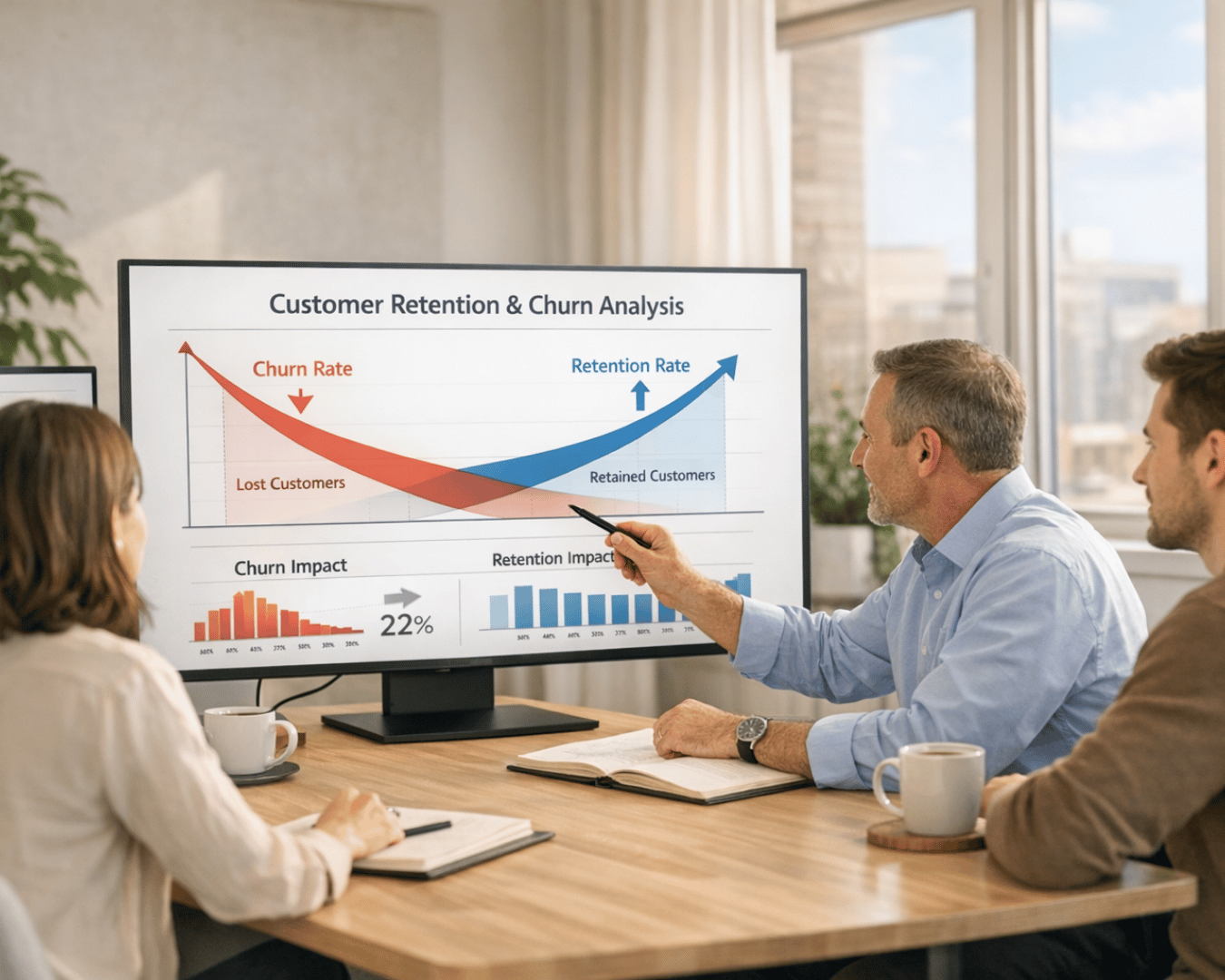
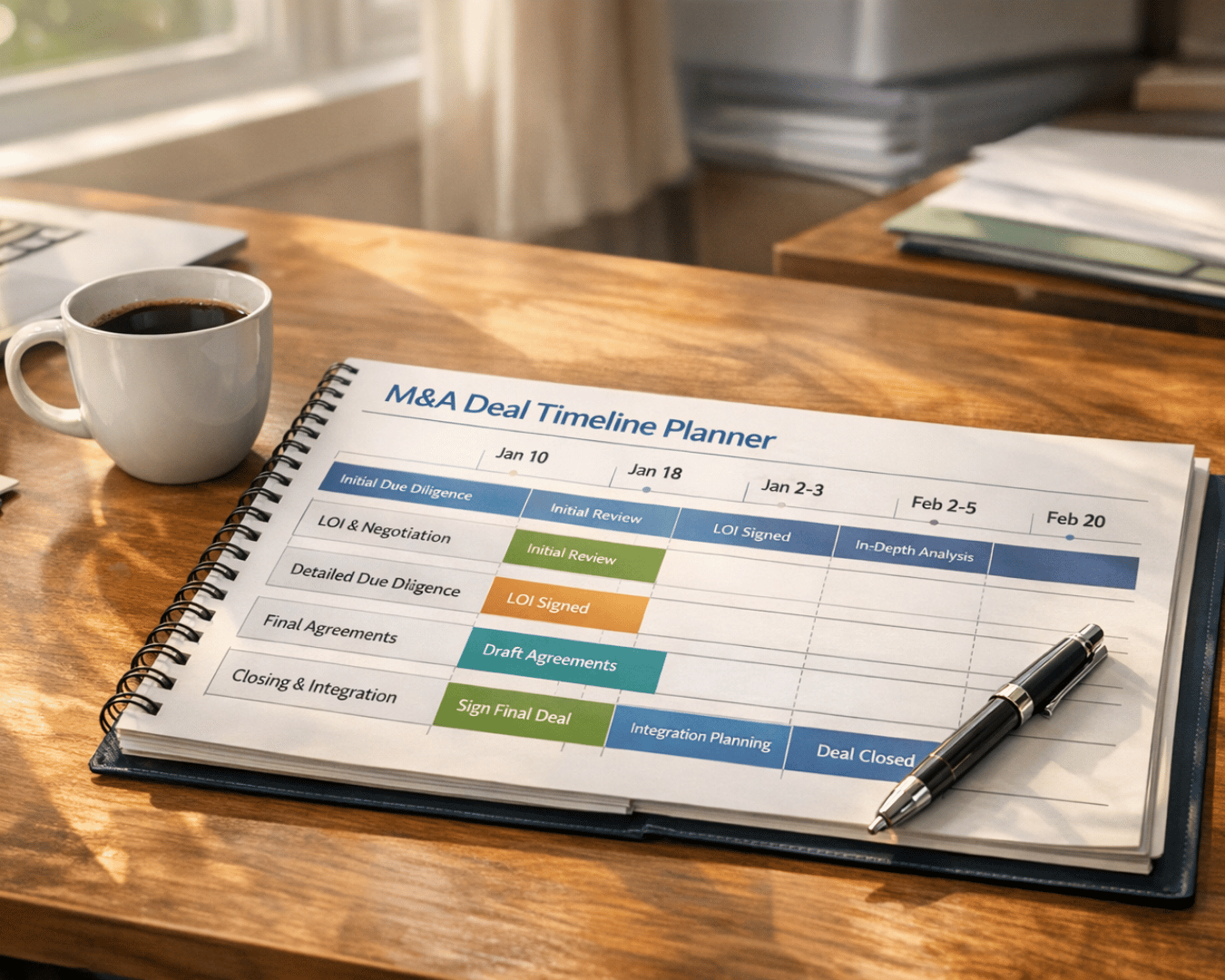









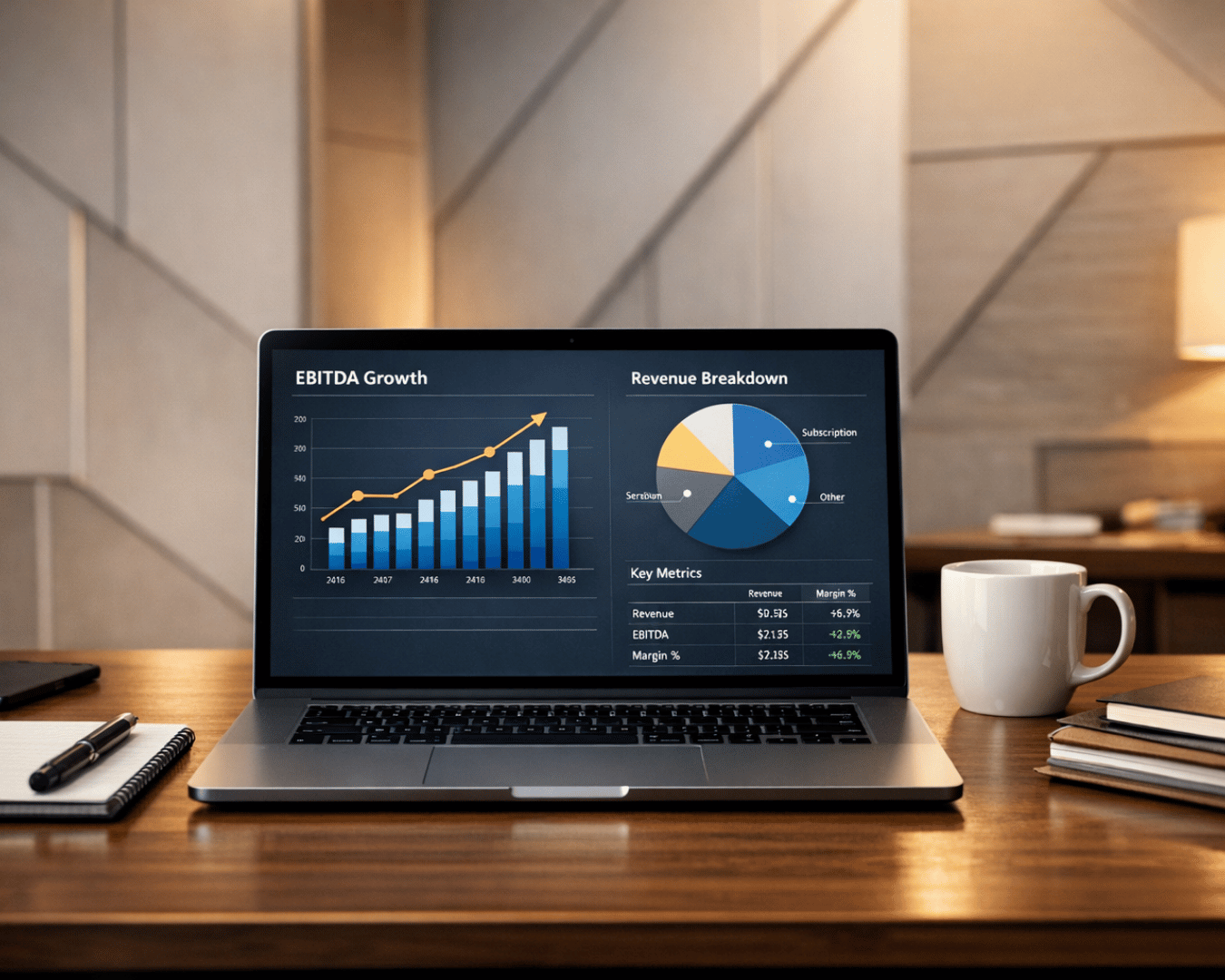










.png)
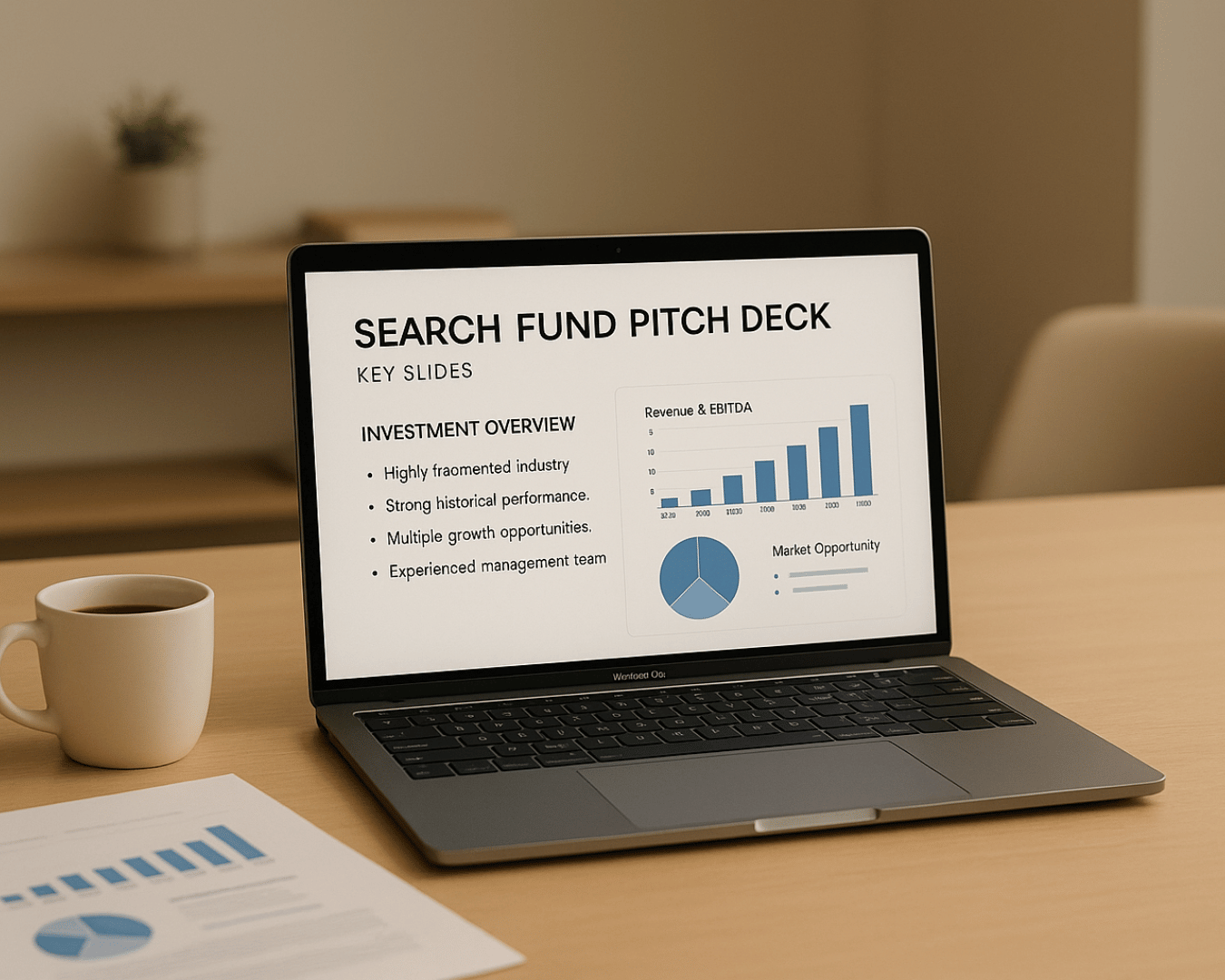




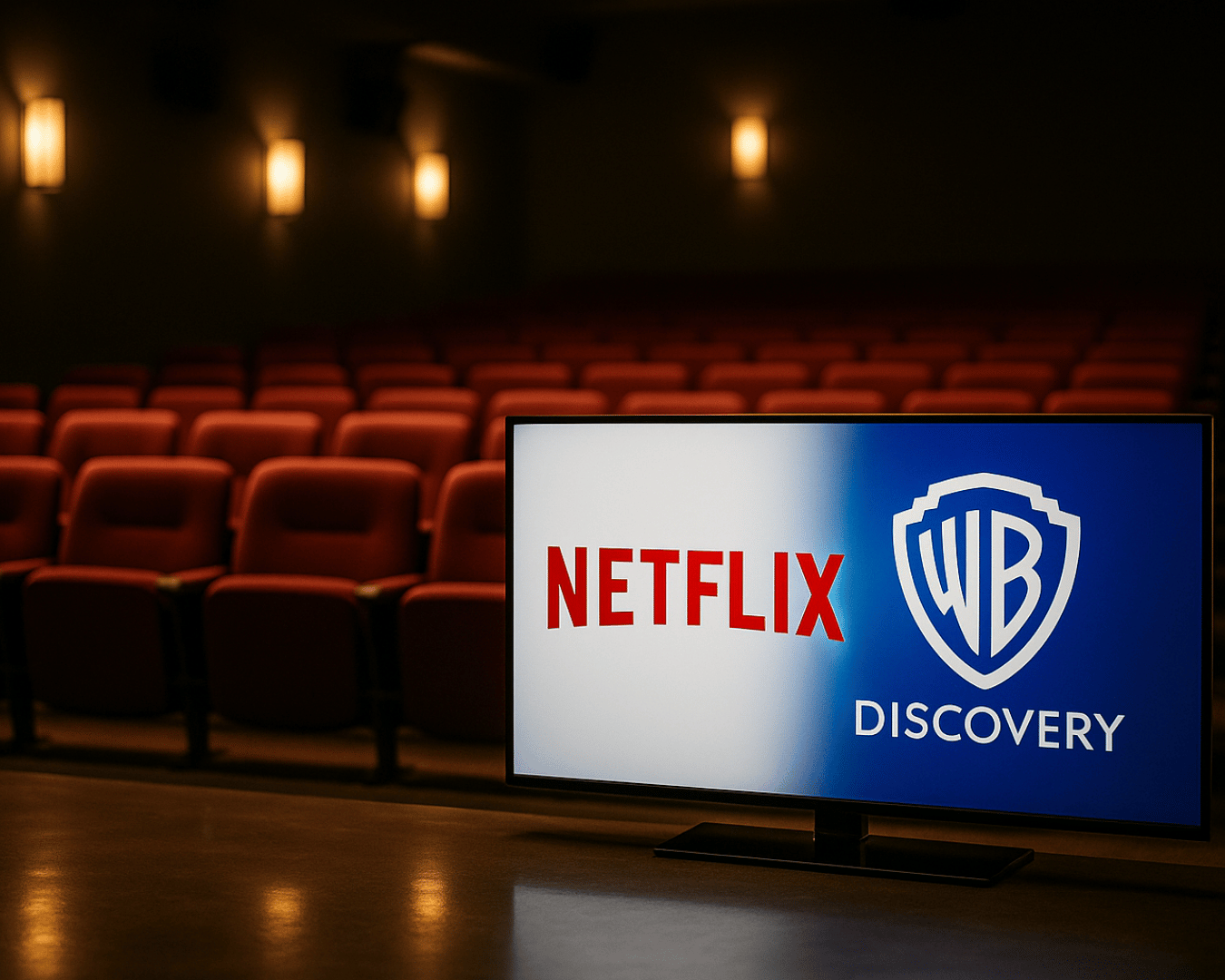









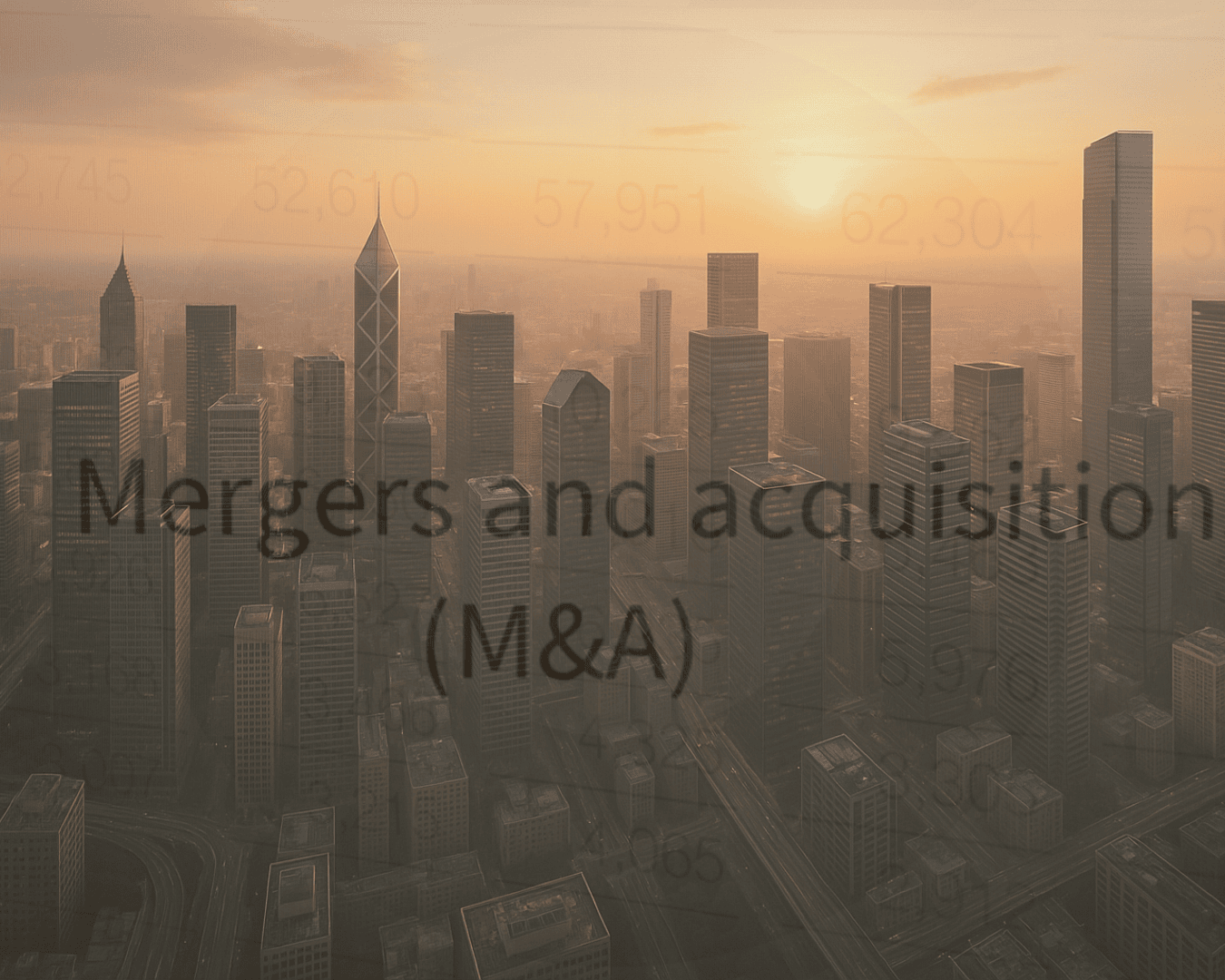










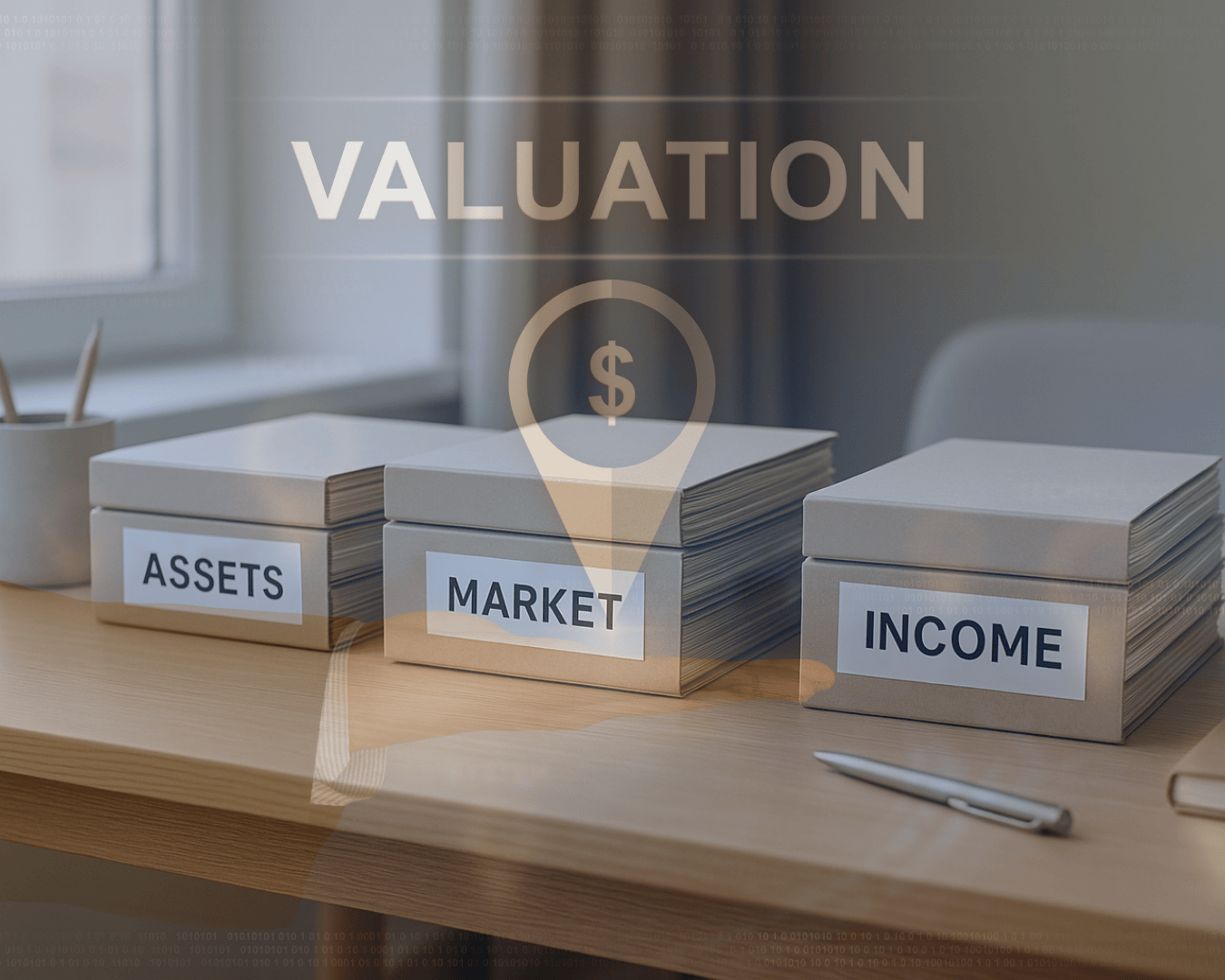


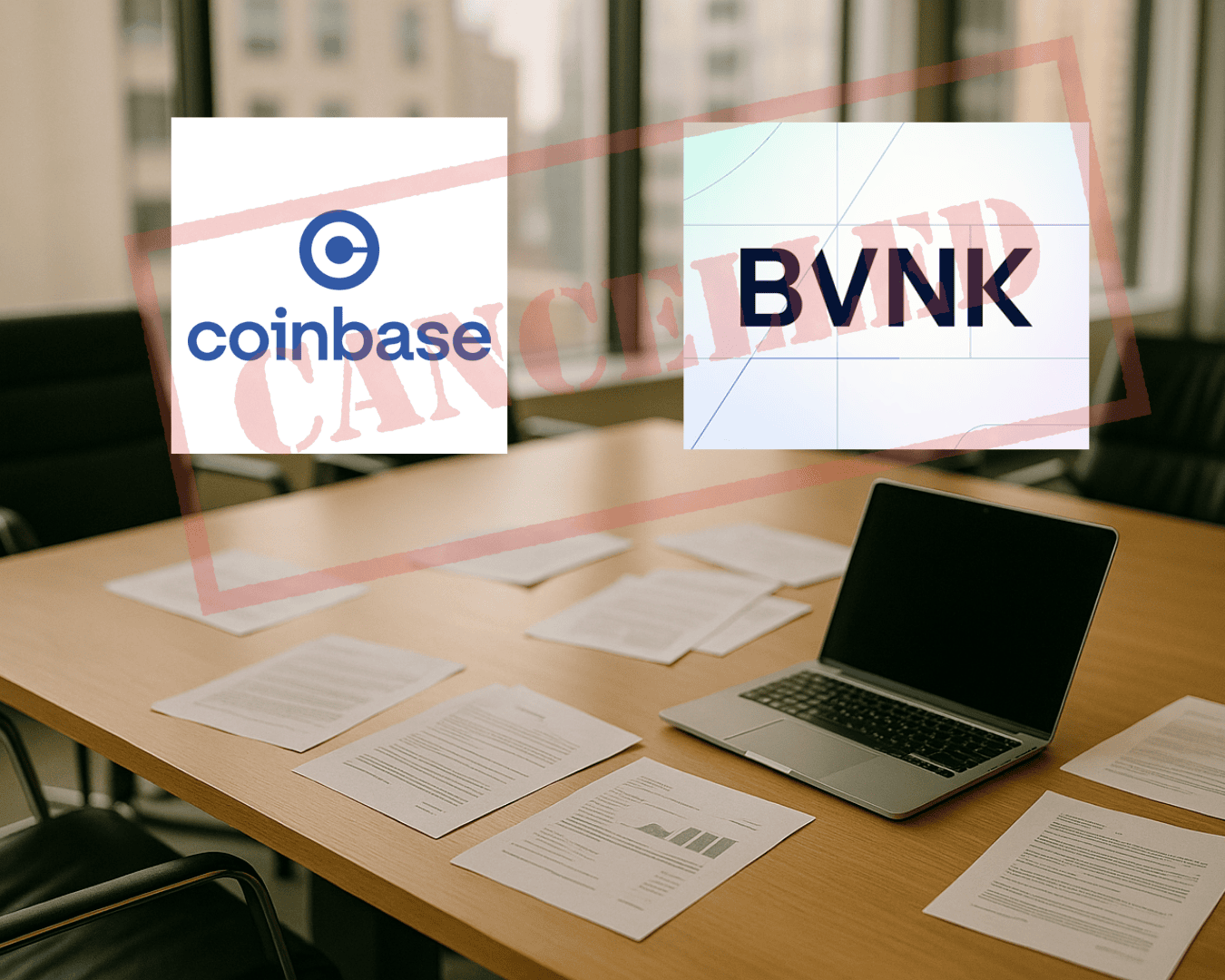


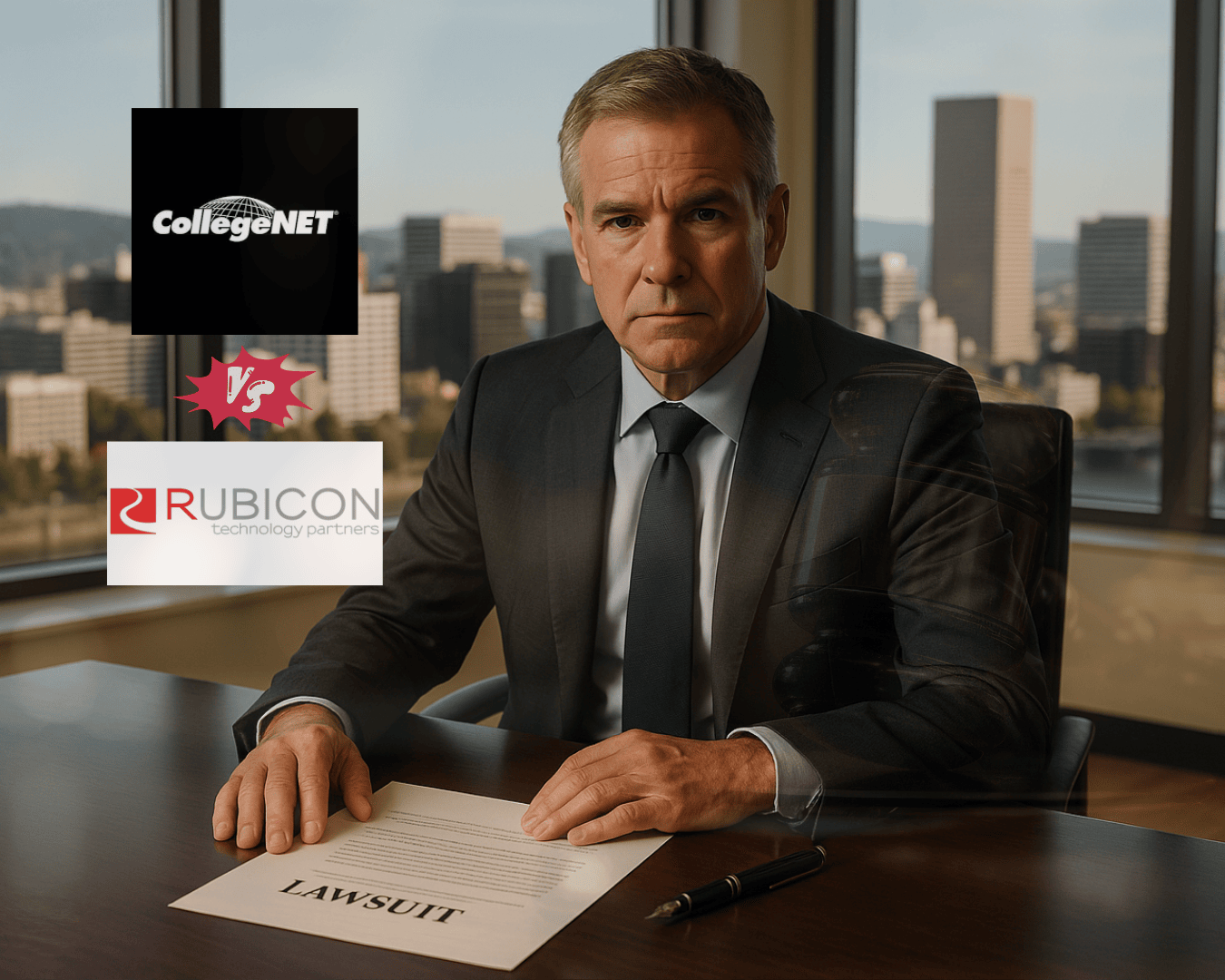






.png)

